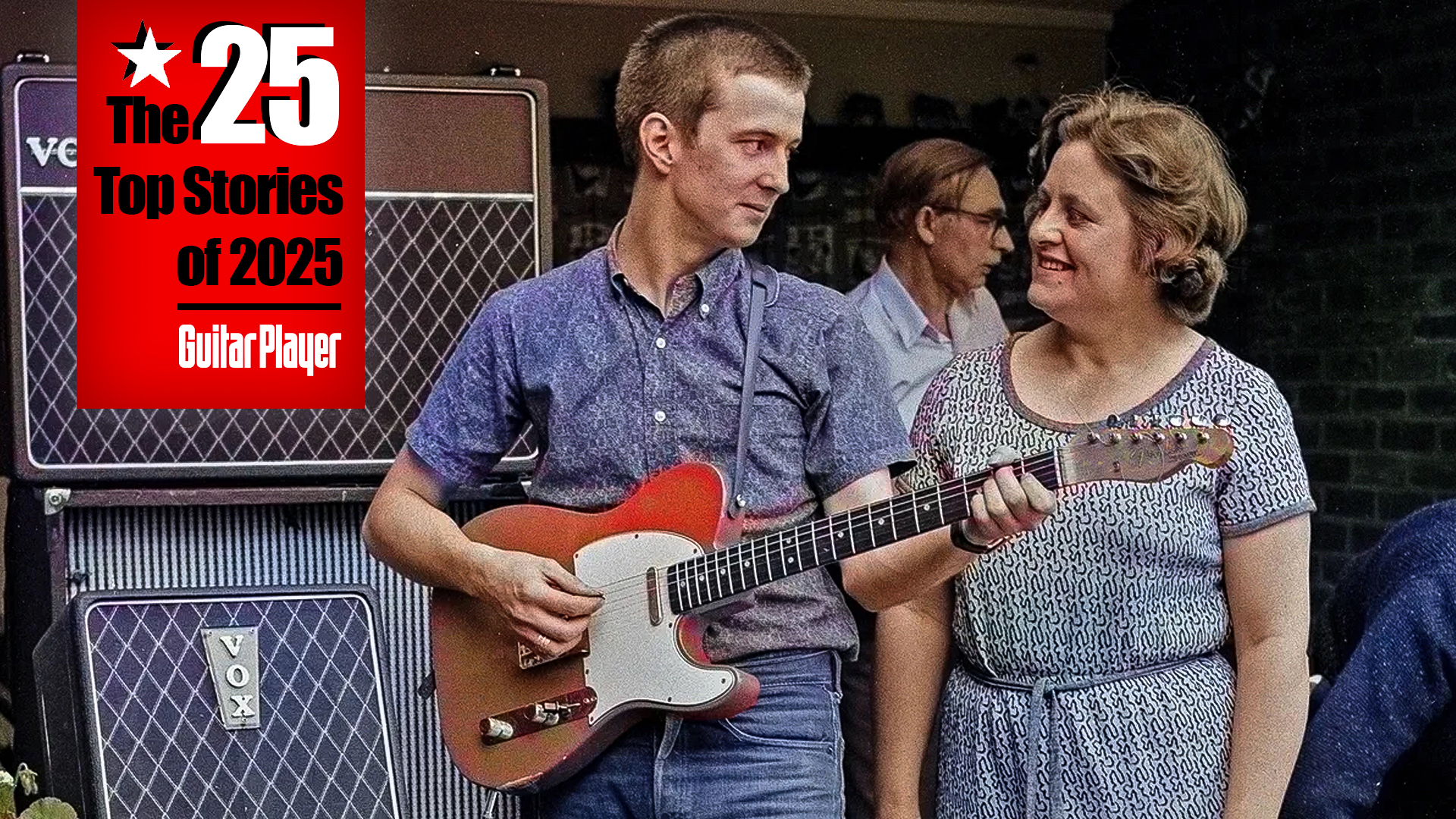“The next day, the phone rings, and it's David.” Steve Vai on accepting his most impossible guitar gig: playing Eddie Van Halen to David Lee Roth
Vai says he approached the opportunity from a place of love and freedom, not to cut down one of the world’s greatest guitar players

It’s no secret that when David Lee Roth left Van Halen, he was hellbent on besting his old band and outshining the guitarist who kept stealing the limelight from him. While Eddie Van Halen and company turned to Sammy Hagar to fill the void, Roth shrewdly tapped another hotshot guitarist to go toe-to-toe with: Steve Vai.
Roth’s solo career may not have even threatened to reach the heights of his rival, but for Vai — who advanced his career from being Frank Zappa's transcriptionist to his “stunt guitarist,” and become a mildly successful solo artist on his own — was simply thrilled for the opportunity.
“It was a good time, we were young — I was 25, 26 — and we wore the most outlandish clothes,” he tells Billy Corgan on his The Magnificent Others podcast. “The stages were the size of a football field, and we played our asses off.”
Vai’s electric guitar talents are undeniable, but his body of work at that point — seven studio and live albums with Zappa, and one solo album, 1984's Flex-Able — was pretty eclectic compared to the stadium rock David Lee Roth was gunning for. Vai knew the gig was temporary and wanted to make the very most of it while he could.
“It was great while it lasted,” he continues. “I was able to live in that world because, as a teenager, even though I had all this interest in compositional music, rock music was embedded in me.
“It was kind of like acting in a sense. I knew it was fleeting, that it was trendy, and I was in a position where I could play my butt off and then it would be over. Then I could go back to playing weird music.”
Vai might have been just looking for a good time, but Roth was looking to prove a point. With virtuosic bass player Billy Sheenan, who would go on to enjoy success with Mr. Big and the Winery Dogs, and drummer Gregg Bissonette, who has since become sticks for hire for Vai, Joe Satriani and Andy Summers, Vai wanted a best-in-class band. This was far from the David Lee Roth show, even if his ego implied otherwise.
All the latest guitar news, interviews, lessons, reviews, deals and more, direct to your inbox!
Ironically, though, Vai didn’t see himself in competition with Eddie Van Halen.
“In the background somewhere, there was the extraordinary thought that I need to somehow keep up with Edward, which is an illusion, because you can't,” Vai says. “But what I could keep up with was my own expansion. I loved Edward.
“When he hit the scene, you know what happened? Everybody's input jack closed up.”
Vai's resume would help him score the gig as Roth's foil. But he wasn't about to start a war with Eddie.
“When word got out that David Lee Roth was looking for a guitarist, it was probably the most coveted rock guitar position,” he reflects. “I was in my little apartment on Fairfax Street in Hollywood. And as soon as I heard that news, I turned to my roommate and I said, ‘That's my gig.’ But it didn't come from a place of [in a commanding voice] ‘That's my gig!’ It was just this intuitive thing.

“The next day, the phone rings, and it's David. I just knew that I could make it work ‘cause I had a rock and roll fire in me. And I knew that I wasn't going to try to sound like Edward or do anything like him.”
I loved Edward. When he hit the scene, everybody's input jack closed up.”
Steve Vai on Eddie Van Halen
Ultimately, Vai’s plan to quietly return to writing weird music didn’t quite pan out. Whitesnake came calling in 1989, but when he did peel back from the scene several years later, he did so knowing he never stepped on his hero’s toes. Because no one could, not even Yngwie Malmsteen, despite his claims that Eddie was “threatened” by him.
Roth, meanwhile, continued to showcase his knack for hiring unknown superstar guitarists, with a rich lineage of shredders following in Vai’s footsteps. But his biggest hit — “Yankee Rose” — came from Vai’s genius.
A freelance writer with a penchant for music that gets weird, Phil is a regular contributor to Prog, Guitar World, and Total Guitar magazines and is especially keen on shining a light on unknown artists. Outside of the journalism realm, you can find him writing angular riffs in progressive metal band, Prognosis, in which he slings an 8-string Strandberg Boden Original, churning that low string through a variety of tunings. He's also a published author and is currently penning his debut novel which chucks fantasy, mythology and humanity into a great big melting pot.


